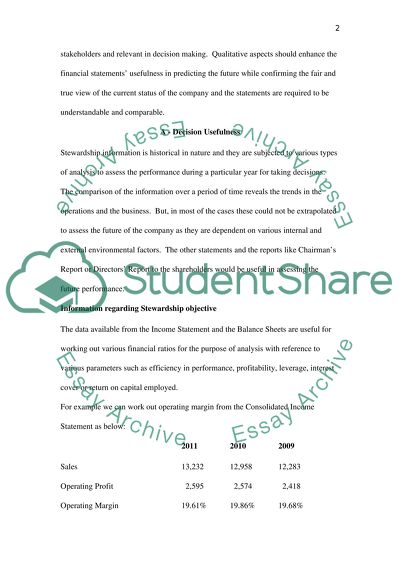Cite this document
(The Usefulness of Financial Information in Diageos Annual Report Case Study, n.d.)
The Usefulness of Financial Information in Diageos Annual Report Case Study. Retrieved from https://studentshare.org/finance-accounting/1465751-international-corporate-reporting-issues
The Usefulness of Financial Information in Diageos Annual Report Case Study. Retrieved from https://studentshare.org/finance-accounting/1465751-international-corporate-reporting-issues
(The Usefulness of Financial Information in Diageos Annual Report Case Study)
The Usefulness of Financial Information in Diageos Annual Report Case Study. https://studentshare.org/finance-accounting/1465751-international-corporate-reporting-issues.
The Usefulness of Financial Information in Diageos Annual Report Case Study. https://studentshare.org/finance-accounting/1465751-international-corporate-reporting-issues.
“The Usefulness of Financial Information in Diageos Annual Report Case Study”, n.d. https://studentshare.org/finance-accounting/1465751-international-corporate-reporting-issues.


